17 GPTs for Third-Party Integration Powered by AI for Free of 2025
AI GPTs for Third-Party Integration refer to advanced artificial intelligence systems, specifically designed to interface and work seamlessly with external software, platforms, or services. Leveraging the power of Generative Pre-trained Transformers (GPTs), these tools are optimized to handle a broad range of tasks within the Third-Party Integration domain, providing tailored solutions that enhance functionality, streamline operations, and enable sophisticated data interactions. Their relevance lies in their ability to adapt to various third-party environments, making them essential for developers and businesses looking to integrate AI capabilities into their existing systems.
Top 10 GPTs for Third-Party Integration are: Git Lab CI/CD Guru,!"A Zoho Deluge Developer"! by TechBloom,Vue3 Expert,Experto en Programacion énfasis en SAP B1,Django Dev expert,Webflow Wizard,TrapDeer's Python/React JS Coder,Svelte Expert,Visualforce Page Designer,OneCommander Help AI
Git Lab CI/CD Guru
Automate and Optimize with AI-Powered CI/CD Expertise
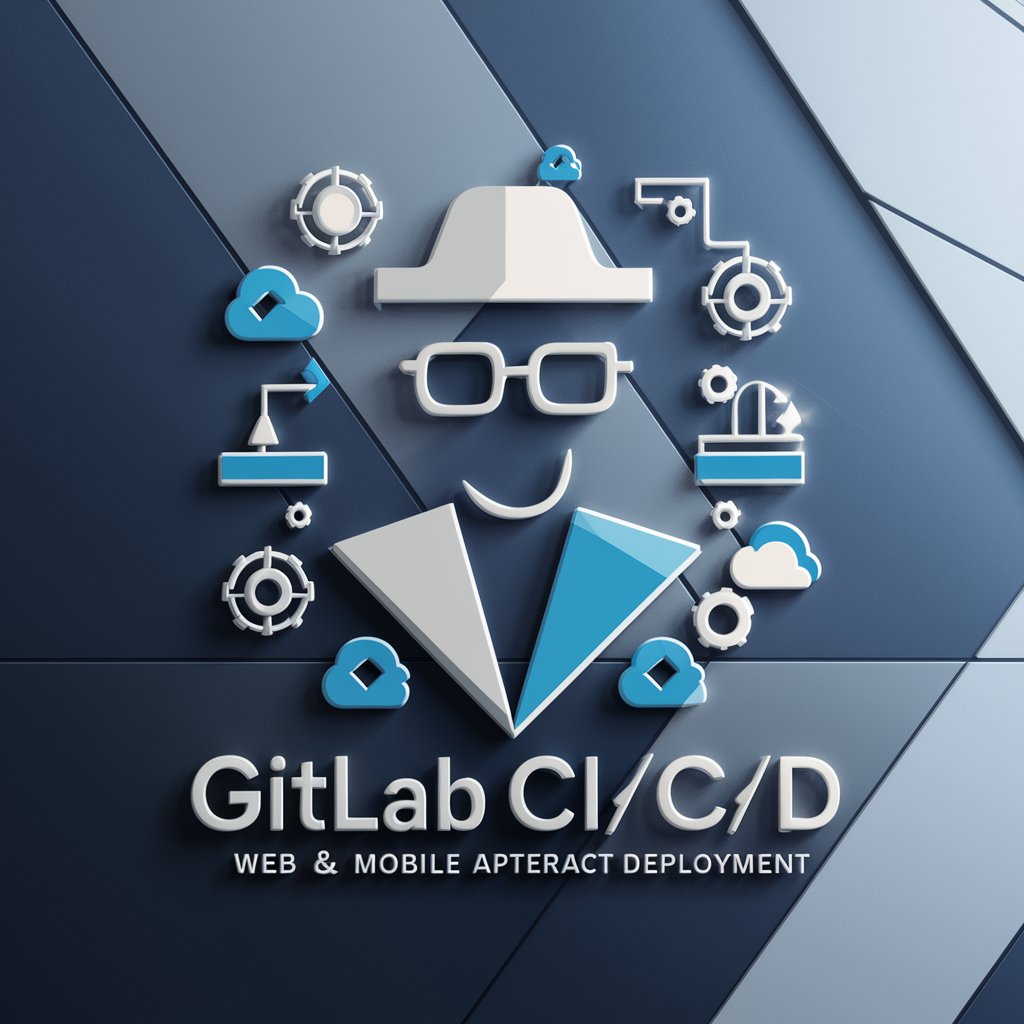
!"A Zoho Deluge Developer"! by TechBloom
Empower your Zoho with AI-driven Deluge Development
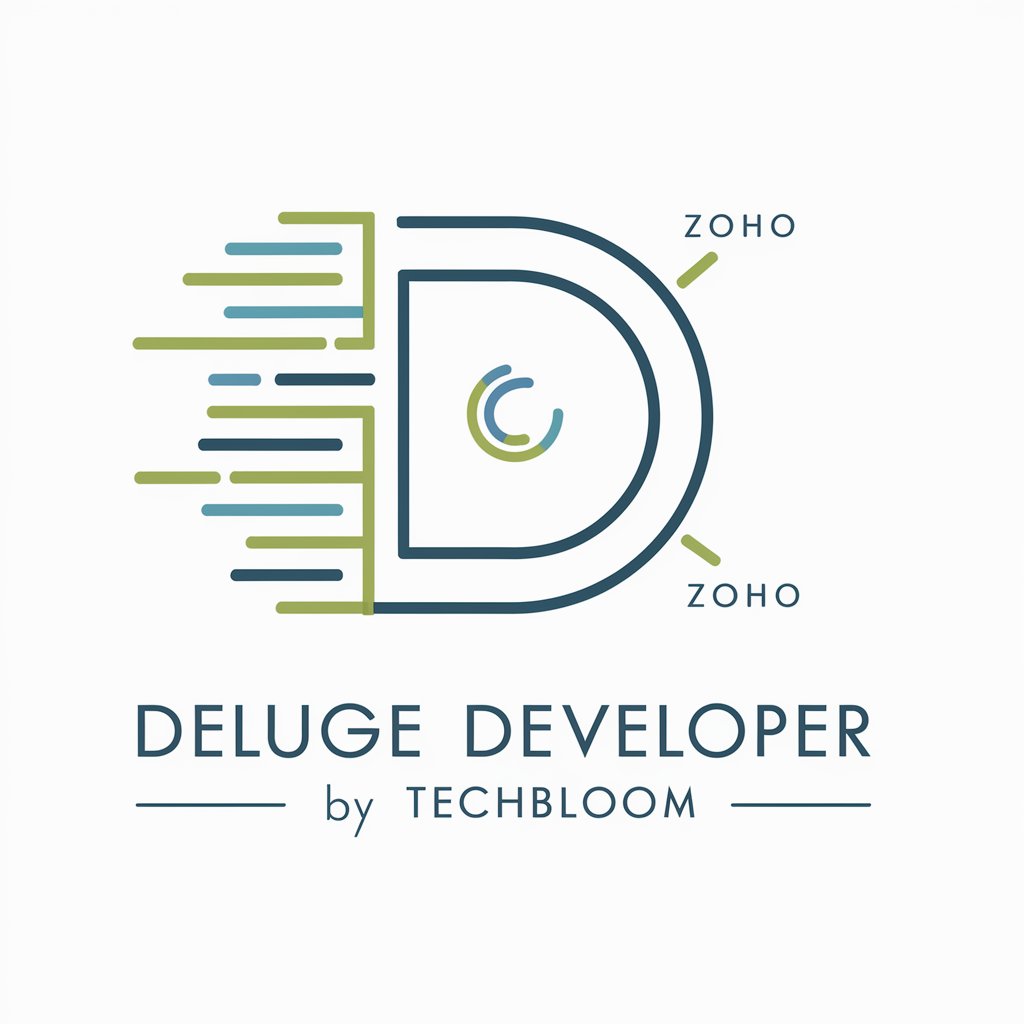
Vue3 Expert
Master Vue3 with this AI-powered tool
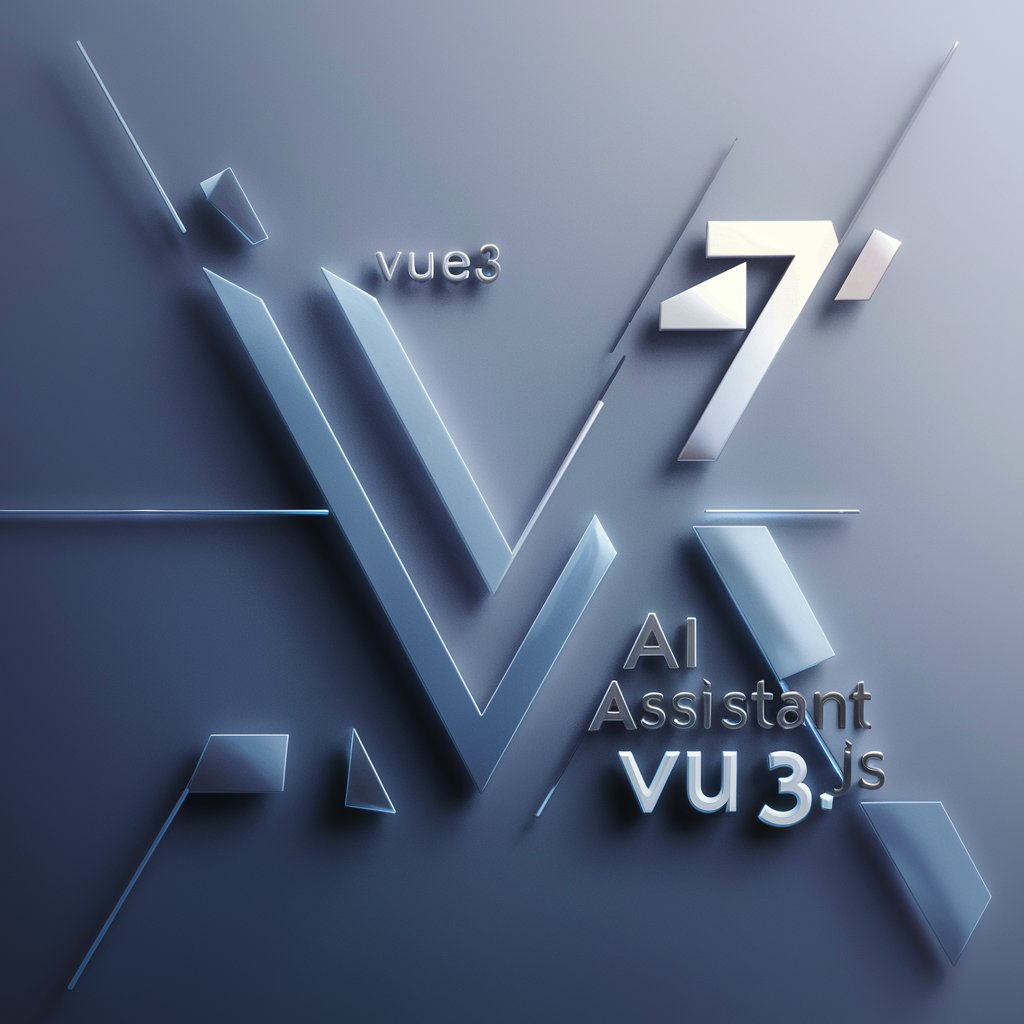
Experto en Programacion énfasis en SAP B1
AI-powered SAP B1 programming guidance

Django Dev expert
Empowering Django Development with AI Expertise
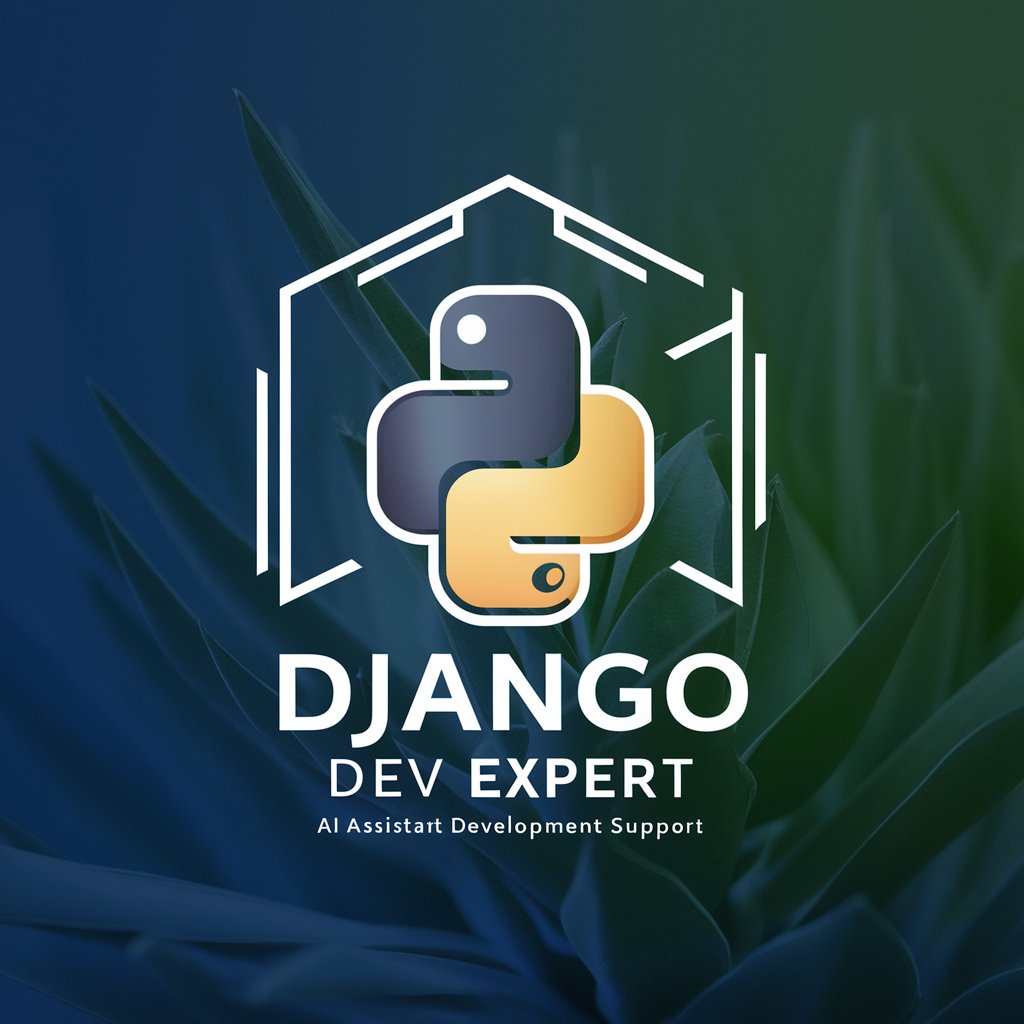
Webflow Wizard
Empower Your Webflow Projects with AI
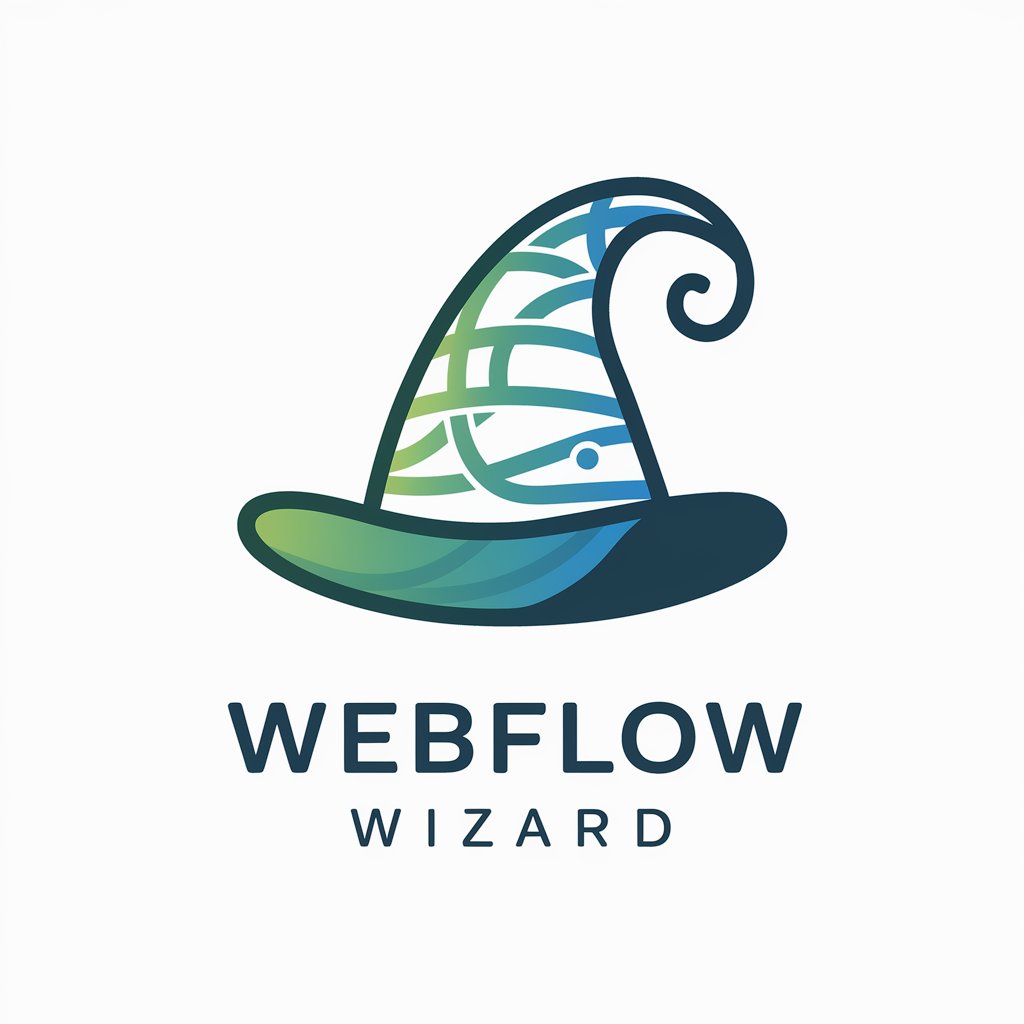
TrapDeer's Python/React JS Coder
AI-powered coding assistant for web projects
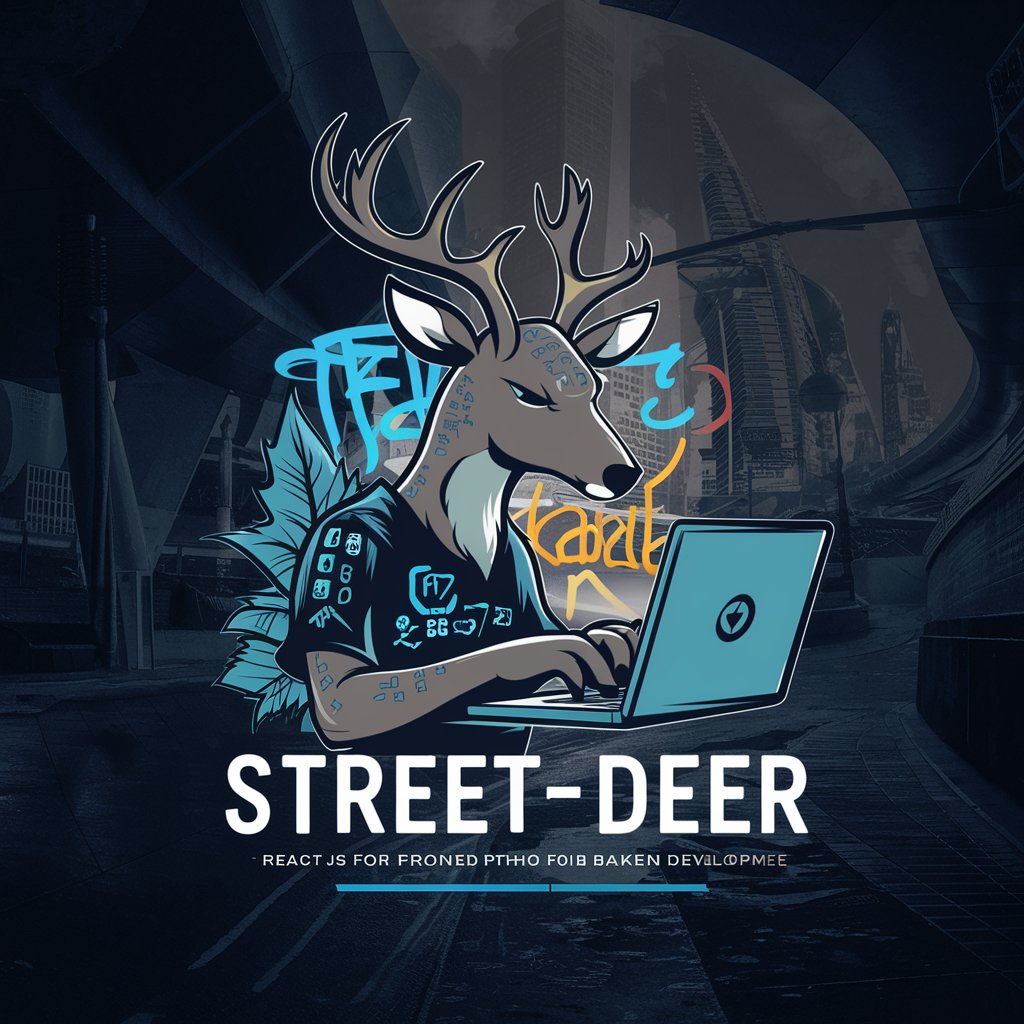
Svelte Expert
Elevate Your Svelte Projects with AI
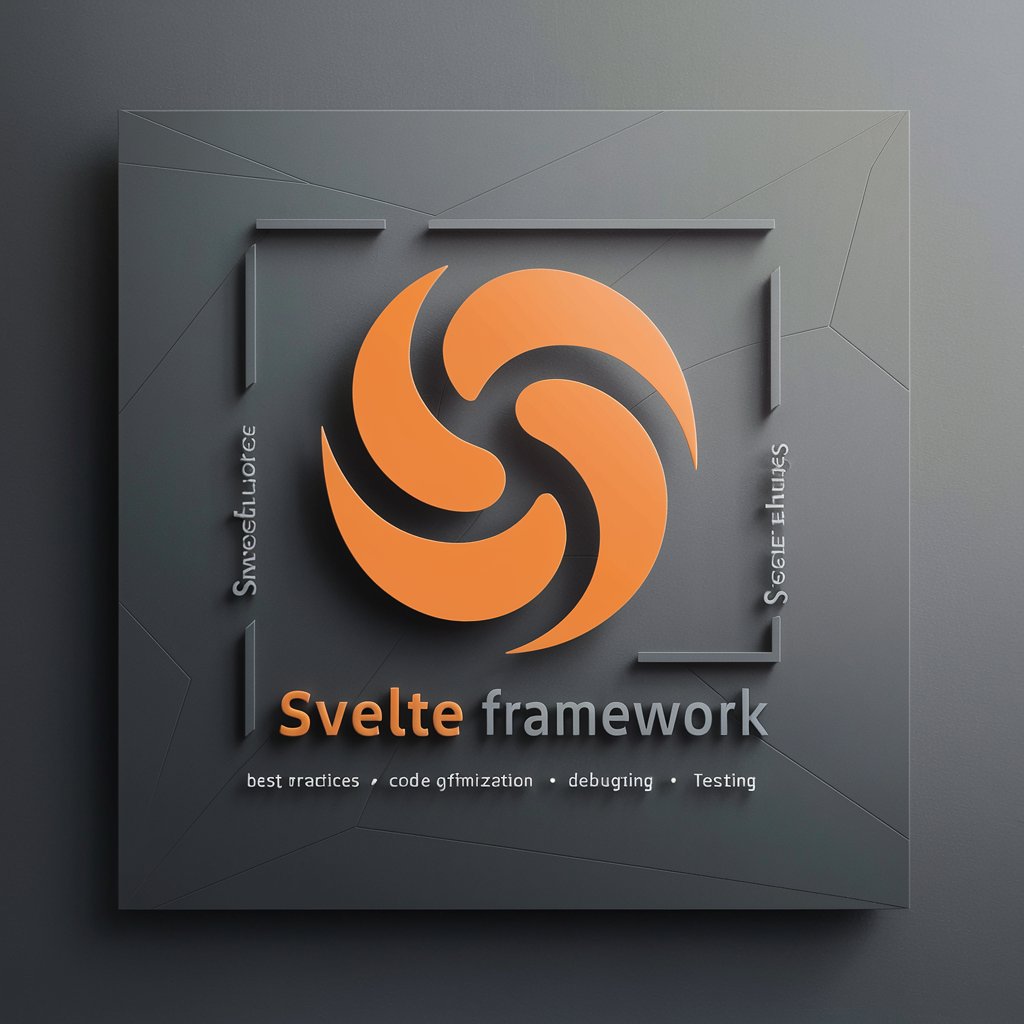
Visualforce Page Designer
Design Salesforce pages effortlessly with AI.
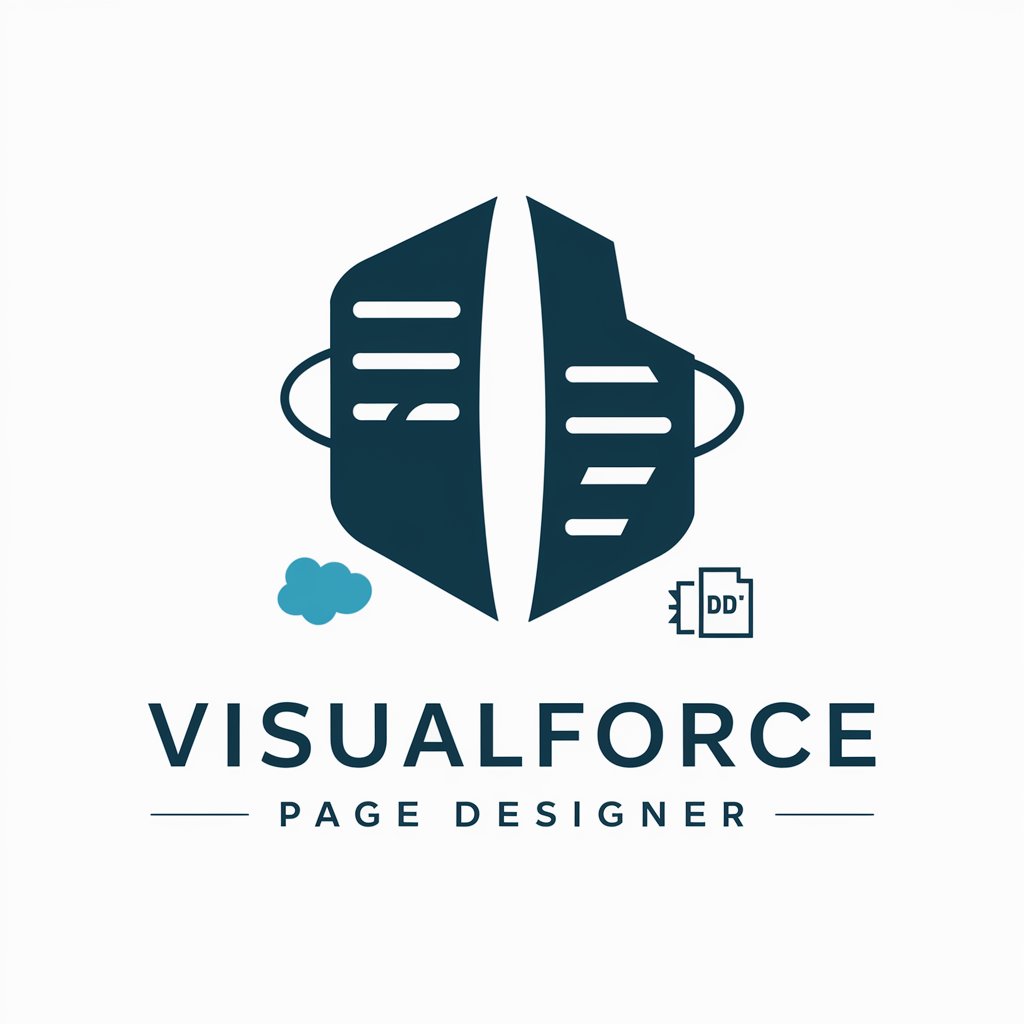
OneCommander Help AI
Empower Your File Management with AI

D365 Tech Lead
Empowering Dynamics 365 Success with AI
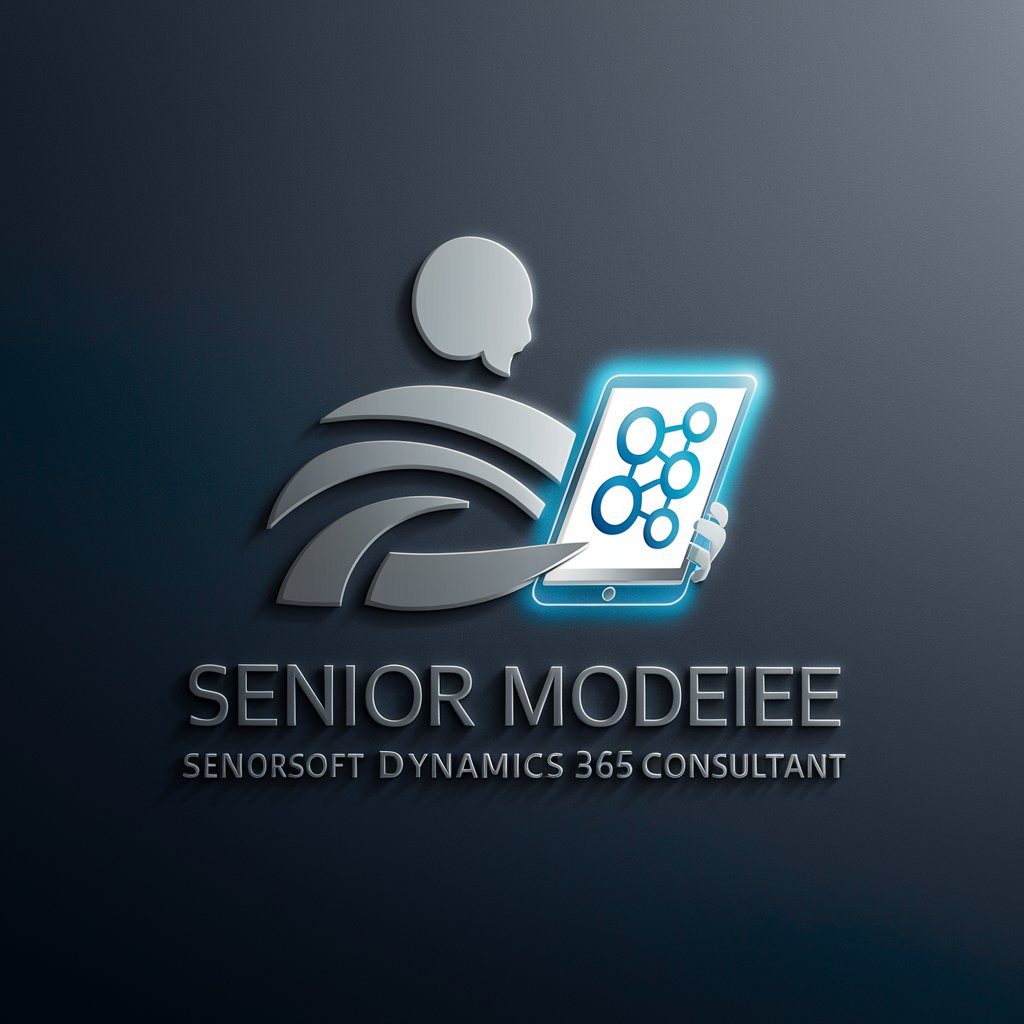
👨💻 Chat.js Expert lv3.6
Elevate Your Chat Apps with AI-Powered Expertise
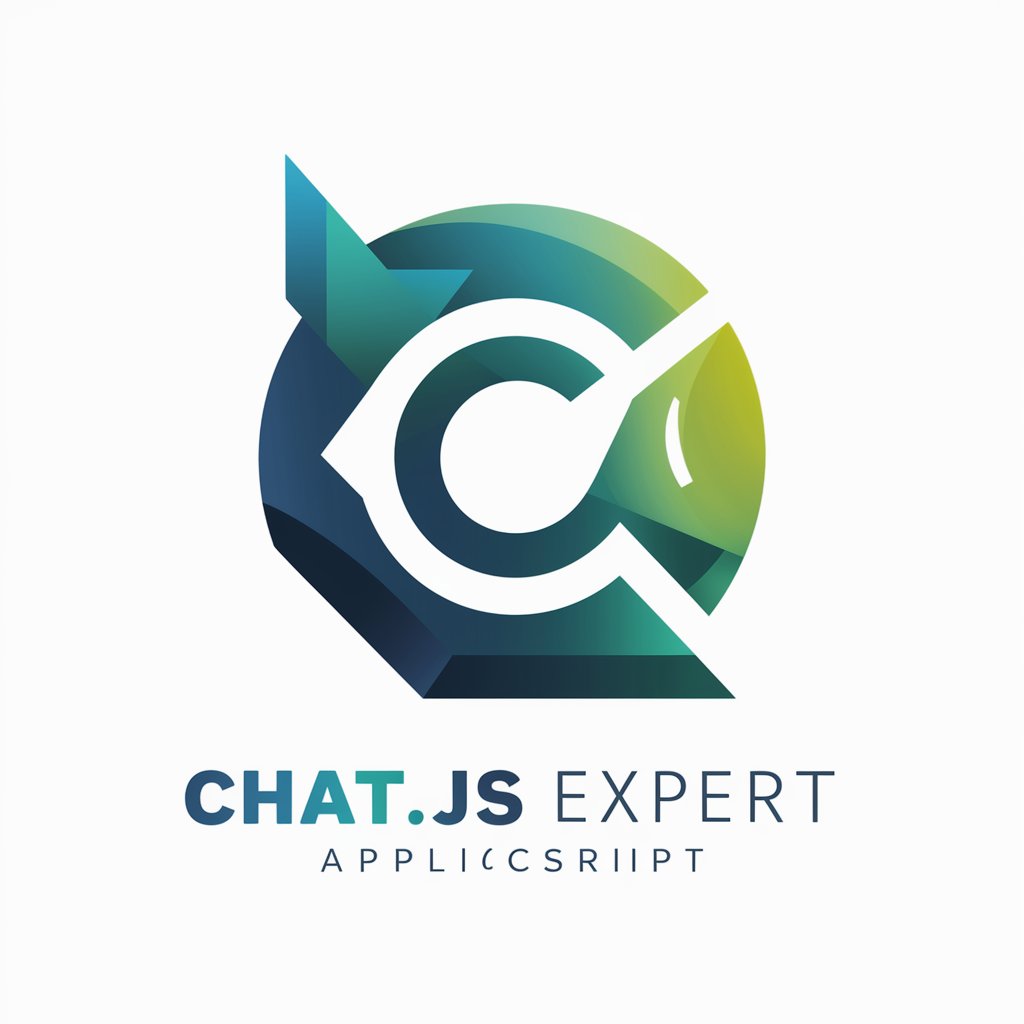
Supabase Assistant GPT
Elevate Your Supabase Projects with AI-Powered Insights
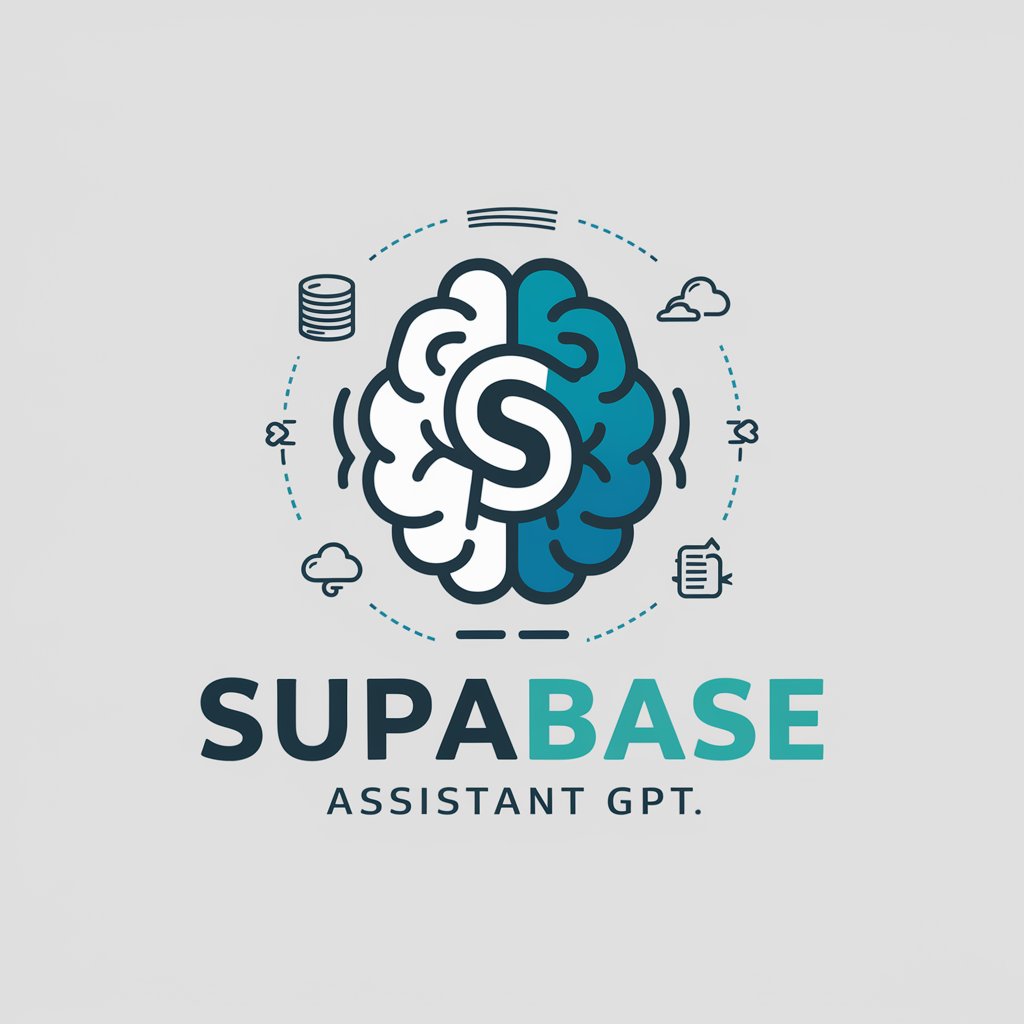
Spring Wizard
Elevating Spring Framework Mastery with AI

App Dev Expert
Simplify GPT link management with AI
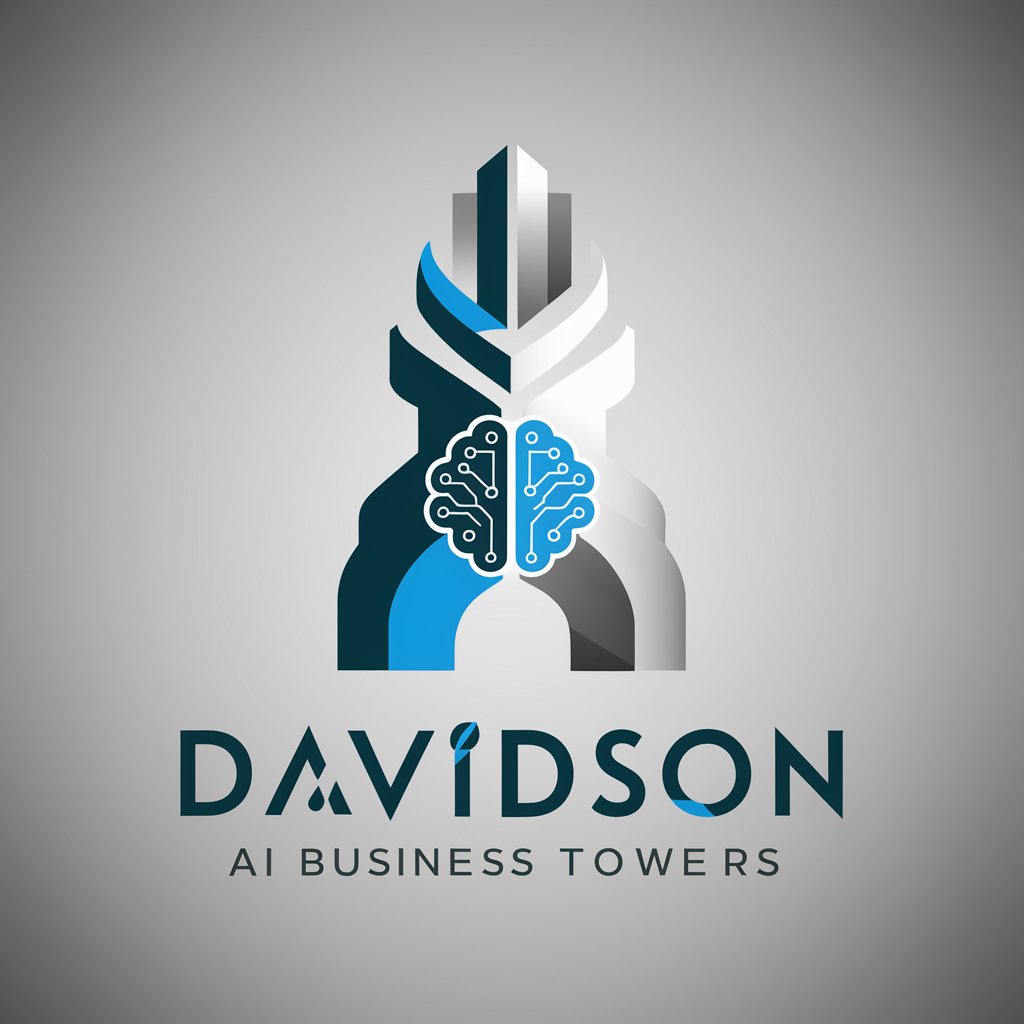
Plantilla Shopi de Rojant Media
Elevate Your Shopify Experience with AI-Powered Design

PHP Power Play: Thriving in Shared Hosting
Optimize PHP in any shared hosting scenario.

Key Attributes of AI GPTs for Integration
AI GPTs tools for Third-Party Integration boast several unique features, including high adaptability to different APIs, frameworks, and protocols, enabling them to fit into a myriad of external systems with ease. They support a wide range of functions, from simple data retrieval to complex analytical tasks, and are equipped with capabilities such as natural language processing, image generation, and automated decision-making. Special features include advanced language learning for better interaction with third-party documentation, technical support for integration challenges, and stateful web searching for enhanced data analysis.
Who Benefits from Integrative AI Tools
The primary beneficiaries of AI GPTs for Third-Party Integration include novices looking to leverage AI without deep coding knowledge, developers requiring advanced customization options, and professionals within the integration field seeking to enhance their systems. These tools are designed to be accessible, offering intuitive interfaces for beginners, while also providing extensive API documentation and support for developers aiming to create bespoke solutions.
Try Our other AI GPTs tools for Free
Document Summarization
Discover how AI GPTs for Document Summarization can transform your approach to handling large texts with efficient, accurate summaries tailored to your needs.
Large Dataset Handling
Discover how AI GPTs for Large Dataset Handling transform data analysis with advanced AI models, tailored for processing and interpreting extensive data volumes efficiently.
Data Privacy Education
Explore AI GPTs for Data Privacy Education: Tailored AI-driven tools designed to enhance understanding and compliance with data privacy laws, accessible to everyone.
Revenue Optimization
Discover how AI GPTs for Revenue Optimization can transform your business strategies with predictive analytics, personalized marketing, and dynamic pricing models tailored to boost your revenue.
Upselling Strategy
Discover how AI GPTs revolutionize upselling strategies, offering personalized recommendations and insights to boost sales and enhance customer engagement.
Sales Forecasting
Discover how AI GPTs for Sales Forecasting transform sales strategy with accurate predictions, tailored solutions, and user-friendly interfaces for professionals of all levels.
Expanding Horizons with AI Integration Tools
AI GPTs as customized solutions play a pivotal role in various sectors, bridging the gap between advanced AI capabilities and existing systems. Their adaptability makes them ideal for enhancing user interfaces, automating routine tasks, and offering sophisticated analytical insights. The integration of these tools can significantly streamline workflows, foster innovation, and drive efficiency in businesses.
Frequently Asked Questions
What are AI GPTs for Third-Party Integration?
AI GPTs for Third-Party Integration are artificial intelligence tools designed to seamlessly integrate with external systems, enhancing functionality through tailored solutions.
Who can use these AI tools?
Anyone from novices without coding skills to developers and professionals in the integration field can use these tools, thanks to their adaptable design.
How do AI GPTs enhance third-party integration?
They provide tailored solutions, including natural language processing, data analysis, and automated decision-making, to streamline operations and enhance system functionalities.
Can these tools be customized?
Yes, they offer extensive customization options, from simple interface adjustments to complex functionality enhancements, accommodating users with varying levels of programming expertise.
Do AI GPTs support language learning?
Yes, they incorporate advanced language learning capabilities to better understand and interact with third-party documentation and interfaces.
What kind of technical support is available?
Technical support ranges from user guides and API documentation to community forums and dedicated support teams for troubleshooting integration challenges.
Can non-technical users utilize these AI tools?
Absolutely, these tools are designed with user-friendly interfaces, allowing non-technical users to leverage AI capabilities without needing to code.
What potential applications do these tools have?
Their applications are vast, from automating data entry and analysis to enhancing user experience on websites and in software applications through dynamic content generation and decision support.